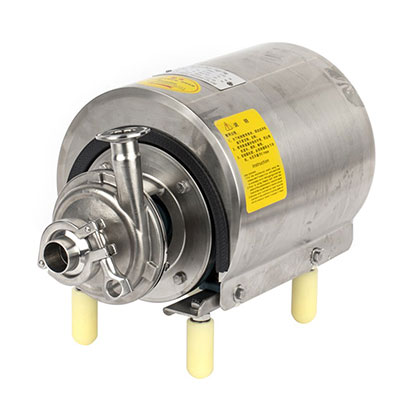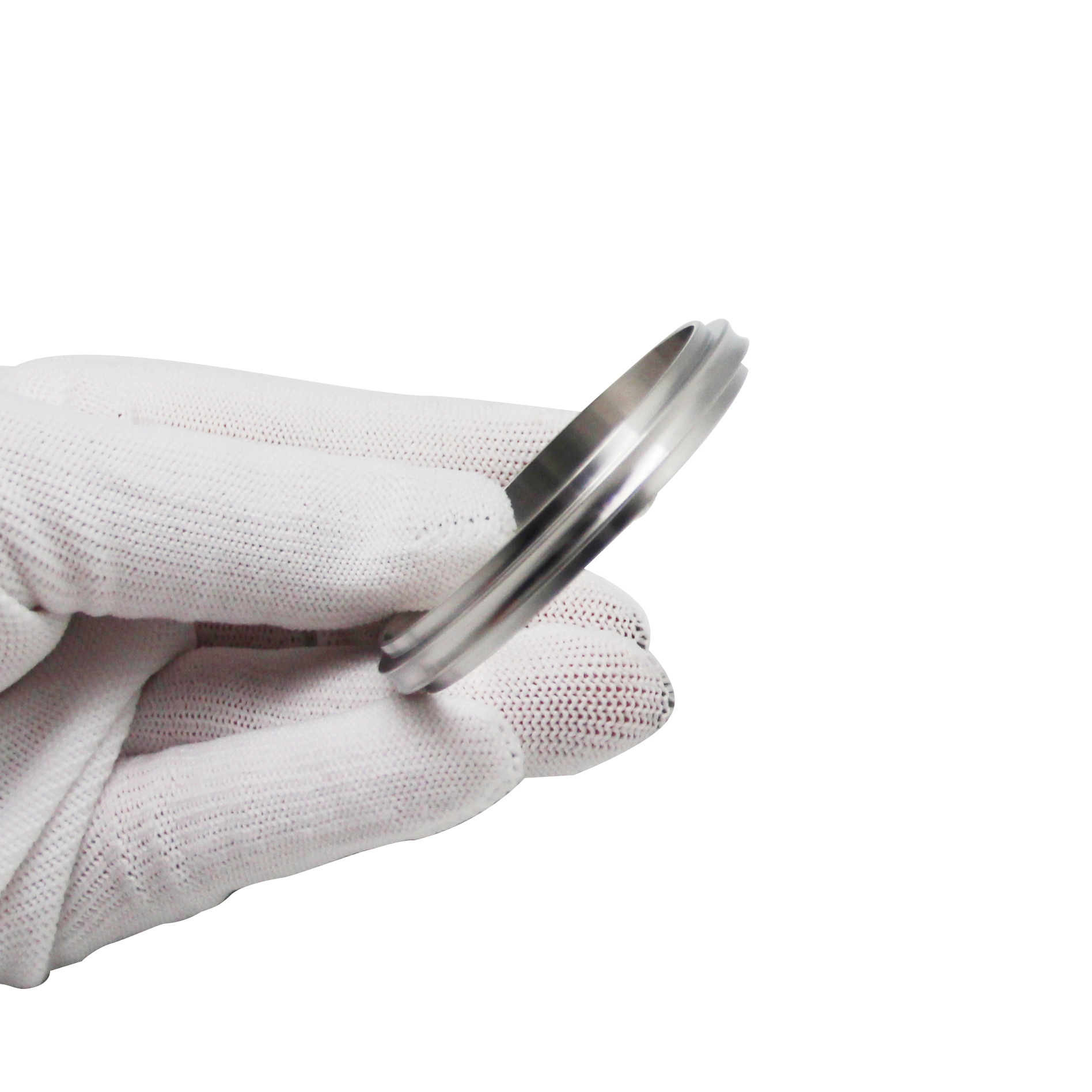Pump Impellers: 3 Different Types and How to Choose the Right One

 by admin
by adminPump impeller: Analysis and selection guide of three major types
The impeller is the core component of the pump. As the rotating hub connecting the motor energy and fluid power, it shoulders an indispensable mission in ensuring the stable flow and pressure output of the pump.
The impeller cleverly uses the principle of centrifugal force to efficiently transport liquids. In this process, it can also minimize liquid agitation, thereby significantly improving the overall operating efficiency of the pump.
The impeller of a centrifugal pump has many differences in diameter, material selection, and number of blades. At the same time, the protective structure surrounding the impeller, the shroud, has different sizes and specifications. According to the presence and form of the shroud, the impeller can be mainly divided into three types: open, semi-open, and closed.
The ideal impeller should not only fit the pump body perfectly, be able to cope with the various characteristics of the pumped liquid, have excellent wear resistance, but also excel in cost control to ensure economical performance.
When selecting an impeller, the following key factors need to be considered comprehensively:
1. The dimensional parameters of the impeller, especially the diameter;
2. The specific physical and chemical properties of the liquid to be transported;
3. The material properties of the impeller;
4. The purchase cost of the impeller and the investment required for subsequent maintenance.

Open impeller
All centrifugal pump impellers have rotating blades, called vanes, but in an open impeller, the blades do not have any covering, resulting in an open design.
The open design makes the impeller suitable for handling liquids containing suspended solids. Sewage is a good example, which can pass easily through an open design.
Another advantage of the open design is that the blades can be easily cleaned and repaired since they are not covered by a metal sheet.
However, due to the lack of support around the blades, open impellers are less strong and have difficulty generating pressure, making them less efficient than semi-open and closed impellers.
Therefore, they tend to be used in smaller pumps that do not need to handle a lot of operations.
Semi-open impeller
The semi-open impeller has a metal back wall, which significantly strengthens the blades compared to the open impeller. However, the front side is open.
The efficiency of the semi-open impeller is between that of the open and closed impellers, and is more suitable for medium-sized pumps.
Semi-open impellers perform better than closed impellers when handling liquids with a high solids content, such as slurries. This is mainly because the semi-open impeller is not restricted by the back wall like the closed impeller.
The mass of the casing affects the impeller speed, so the semi-open impeller can rotate faster than the closed impeller, but slower than the open impeller.
Semi-open impellers have good handling capabilities for slurries and fibrous materials such as pulp. However, due to the continuous pumping of these solids, the blades are constantly subjected to friction, which causes wear on the impeller.
Closed impeller
The closed impeller has a front and rear cover structure, which makes it stronger and more durable than open and semi-open impellers. This type of impeller is often used in large pumps to ensure sufficient flow output under low NPSH conditions.
The design and structure of the closed impeller are more complex than those of the open and semi-open impellers. In the manufacturing process, more raw materials such as cast iron and bronze are needed, which not only increases the complexity of the manufacturing process, but also makes its cost relatively high.
The blades of the closed impeller generally present a unidirectional backward curvature, but there are also types with wider blades. These blades have a twisted hyperbolic curvature at the suction end, which is called Francis or mixed flow blades.
Choose the right pump for your application
Open impellers perform well in handling solid particles and have a higher NPSH. In contrast, closed impellers have obvious advantages in conveying liquid particles and have a lower NPSH. Semi-open impellers combine the characteristics of open and closed impellers, and have certain capabilities in handling both solid and liquid particles. The NPSH value is also between open and closed impellers.
If you need SANITARY PUMPS, please contact us.







